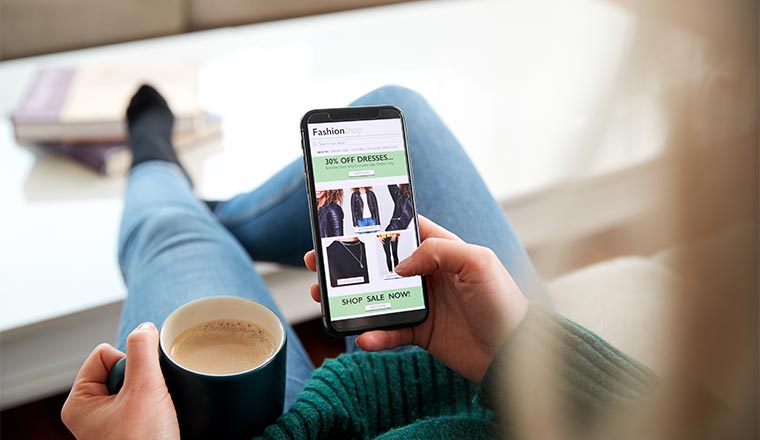Each industry is defined by the era of its time, and fashion just like music is a product of its time. To an extent, the movement and advancement of an industry into a more efficient and creative future is reliant on an outside factor that brings something new to the table. The current era is dominated by technology.
Technologies have brought variety to the way people buy items. The ever growing world of digital fashion exepedites new opportunities for brands and customers. The creative process and the way we discover fashion has evolved thanks to the digitisation of fashion. Previously, in-store shopping was in charge, and this stifled the progression of sales. The only way to promote or expand their brand was to have an over-the-top sale to lure customers in. Technology has found other ways to entice customers.
What exactly does this mean for fashion? In the past, fashion was run by in-store pick-ups. Now, the virtual world of shopping has taken over. Let’s take a look at the clash of two actions – In-store shopping vs online shopping.

Image Credit: forbes.com
Elements of in-store shopping:
- Physical component – Customers can tangibly feel and try on the merchandise, giving them more confidence and safety in the purchase.
- Immediate availability – Instant payment, and instant ownership. Wanting something and getting it right away is not a common occurence in life, so experiencing this with clothing is a great feeling.
- Shipping costs – Some online retailers offer free shipping, but others do not. Customers do not want to pay extra fees, and paying for extra payments for connecting delivery methods such as DHL, is extra burden on your payment card.
- Less probability of returns – Purchasing something and not being satisfied is frustrating, and returning it is added hassle. Trying it on in-person prevents this.

Image Credit: securesense.ca
Elements of online shopping:
- 24/7 availability – thanks to cell phones and data which gives you access to the internet everywhere, online stores are just a touch away. Customers can browse as much as they want whenever they want.
- Convenience – Time is money, and not having to commute to malls or stores give them the ability to shop comfortably in a messy bun and sweatpants from the comfort of their homes. Not having to deal with crowds and long-lines is also time-saving.
- Comparing Options – Having the ability to have several tabs open from different stores gives you the option to compare from one spot, as opposed to physically draining yourself in-person.
- Filtering Options – Online shopping helps clients with convenience, and filtering options helps with that. It’s time saving, and it caters to your needs, narrowing down your options which helps you make decisions quicker.
“Luxury is all about touch and feel, it is different from buying at the click of a button,” said Sanjay Kapoor, MD at Genesis Luxury, which retails many luxury brands including Paul Smith, Canali, Armani and Bottega Veneta in the country. Despite this, fashion brands cannot entirely ignore the perks of the digital revolution since such a large population discovers and explores fashion trends and brands on social media or advertisements online.
The fact is, fashion has been revolutionized by technology, and it will continue to do so. Its evident that the shift in power from in-store shopping to online shopping has opened new aspects of the industry. Just the simple act of buying fashion products is not satisfying enough for the consumer. Instead, they want to interact, belong, influence, and epitomize the brands from which they buy. The majority of consumers use digital channels before, during, or after making their purchases, giving ‘fashion’ a whole new meaning, for better or for worse.
Published by: HOLR Magazine.


